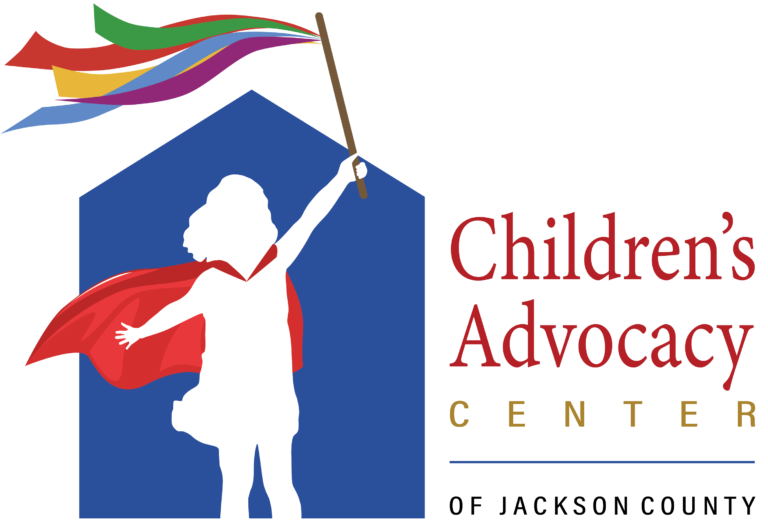By Tammi Pitzen, Director of the Children’s Advocacy Center of Jackson County
Recently I spent time learning about child sex trafficking in the United States. Sex trafficking is the most common form of modern-day slavery.
Estimates place the number of domestic and international sex trafficking victims in the millions.
Most of the victims of sex trafficking are females and children. It is the fastest growing business of organized crime, and the third-largest criminal enterprise in the world.
It is a complicated issue. It is an issue that we are not, as a country, prepared to recognize as a problem. We rest easier at night thinking that it happens in other countries or third world countries.
In early June I sat in a plenary session at a national leadership conference in Washington DC and was surprised to learn that Portland Oregon has one of the highest populations of child sex trafficking victims in the country. Right here in my own backyard! I also learned that a very high number of these child sex trafficking victims are coming out of the foster care system as run aways, aging out of the foster care system, or connected to the foster care system in some other way. When I heard that, I have to say, my heart filled with sorrow.
I learned that many of these young victims are forced to have sex with multiple partners in a day — making upwards of $1500 dollars a day — but go to sleep hungry because they are not allowed to keep any of the money.
I have spent many hours sitting and listening to how big a problem child sex trafficking is. I have heard these victims referred to as invisible victims. And I have learned that they are invisible only because we refuse to see them.
These children, many times, are on the streets for years. Missed by no one. Never searched for. For all intents and purposes — thrown away.
We may refer to them as child prostitutes, but there is no such thing as a child prostitute.
Children cannot consent legally to any sexual contact. They are not complicit in their own abuse.
Many groups have begun to tackle this problem, but I am afraid we are not equipped to meet these young victims where they are. We need to adjust our traditional interventions to meet their needs in a better way.
I am the first to admit that I don’t know what the answer is, but I am hopeful that the answer is out there waiting to be discovered.
You may be asking what you can do now to help. My answer is simple: Do not close your eyes.
• If you see a child living on the street — make a report to your local authorities.
• If a child in your life runs away, please report it to the authorities.
• Educate yourself on the scope of the problem. Become part of the solution.
• Do not excuse the adult perpetrators of these crimes by blaming the child or by calling this a victimless crime.
• Remember this no matter what: A child is a child and an adult is an adult. The adult is always responsible for anything that is between the adult and a child.
• Let your legislators know that this issue is important and deserves to be part of our work to protect children.
• If you see or hear of children being abused in their home — report it. Most child sex trafficking victims become run aways because they are running from something and sometimes that something is abuse in their home.
Do not “throw away” these children. If you do, someone will “rescue” them, and it may not be someone who has pure intentions doing the rescuing.
